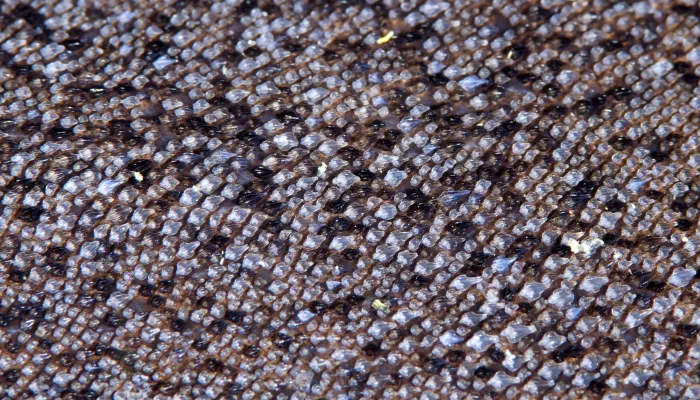About
The small-spotted catshark is a small shark, so named due to the dark spots and blotches covering its skin. All sharks have very rough skin, covered in hard "dermal denticles" - which literally means "tiny skin teeth". If rubbed the wrong way, they are very coarse like sandpaper but it provides the shark with an effective chain-mail like protection.Catsharks are predators and feed on crabs, molluscs and other small fish. When threatened, they curl up into a donut shape - probably to look bigger and harder to eat! They are highly common around the UK and live close to the seabed in shallow waters down to 100m deep. They sometimes wash up dead on our beaches after storms, but you're most likely to come across one of their egg cases. Known as mermaid's purses, shark (and ray and skate) egg cases are a good indicator of what species are breeding nearby. The small-spotted catshark has a small eggcase (5-7cm) with curly tendrils at each corner.

